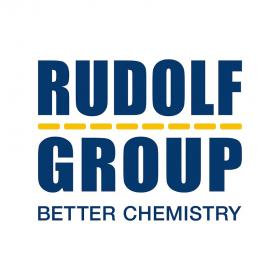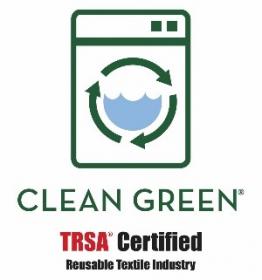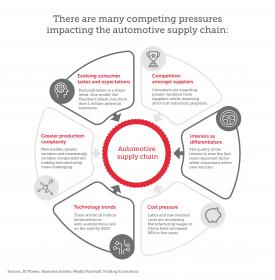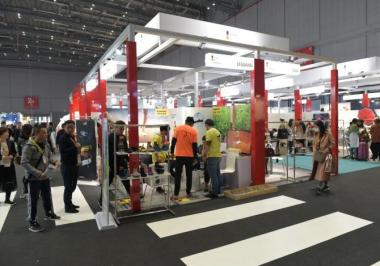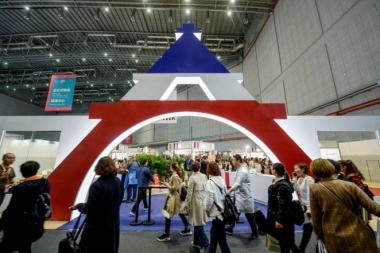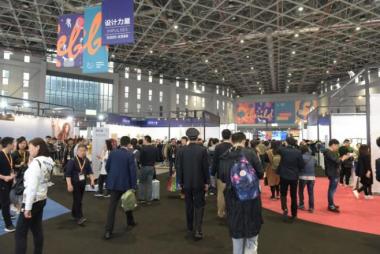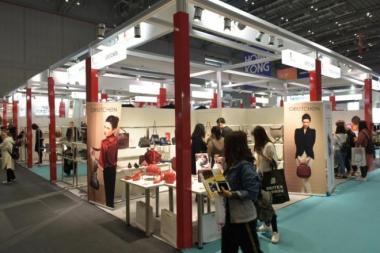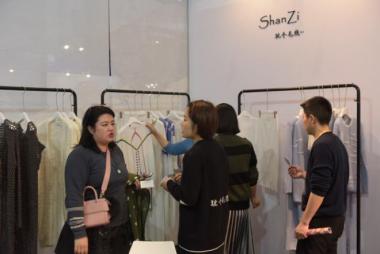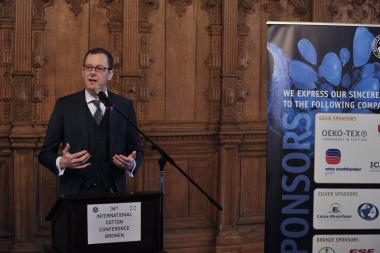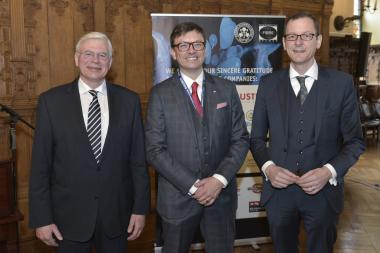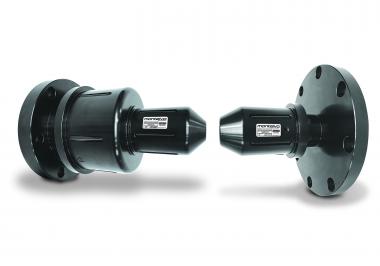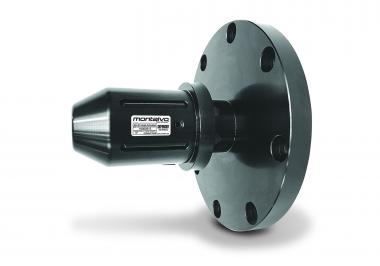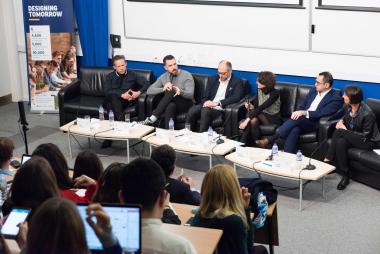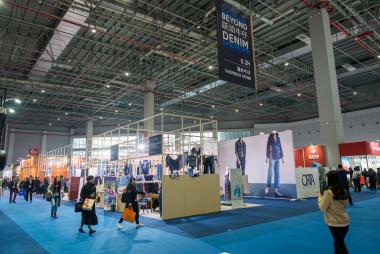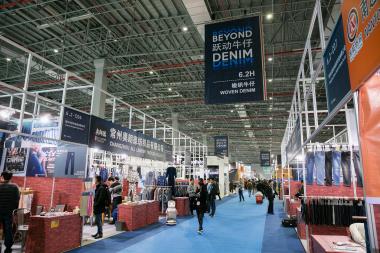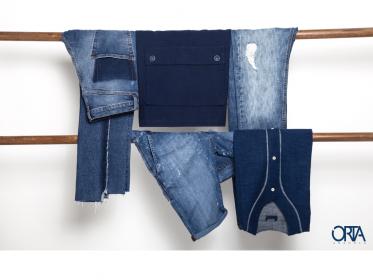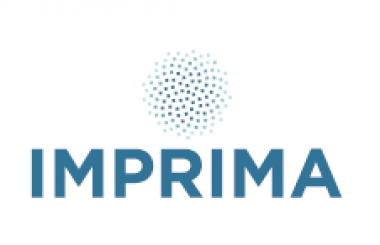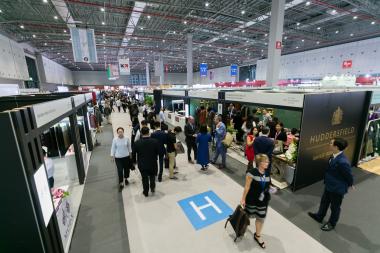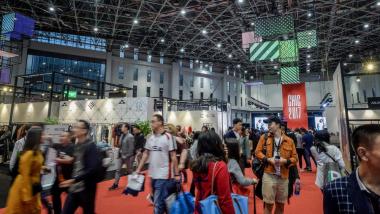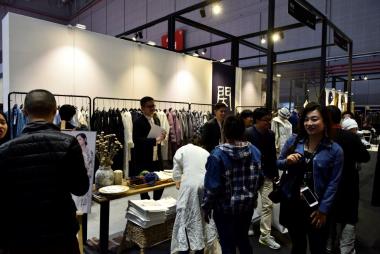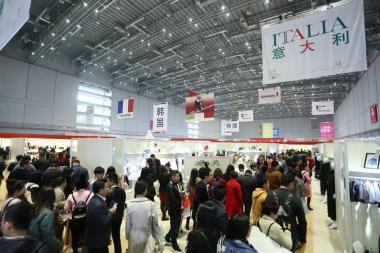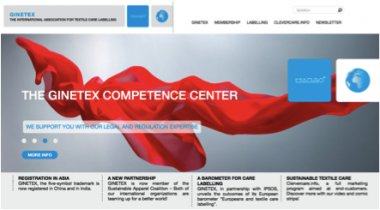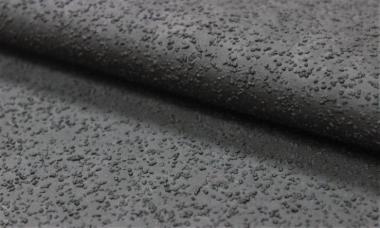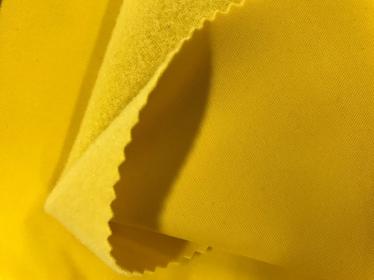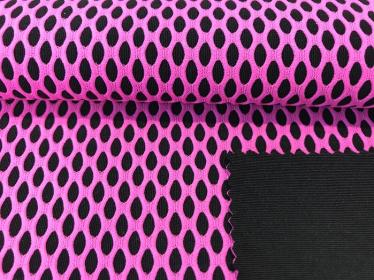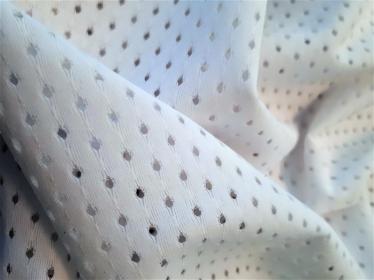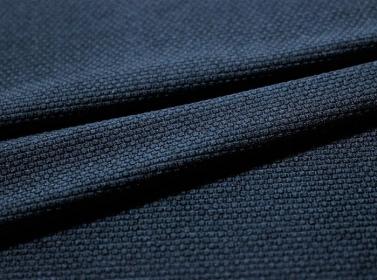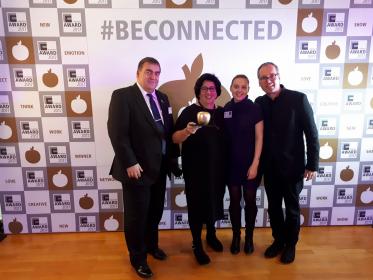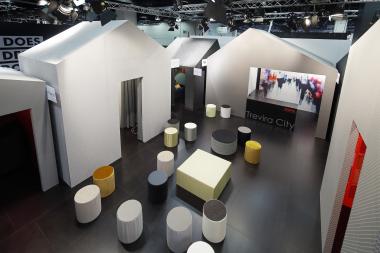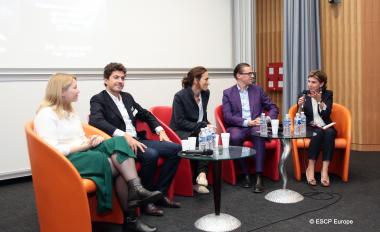Wearing A Uniform of Progress
At Kingpins Amsterdam, RUDOLF GROUP launches a selection of chemical auxiliaries for fashion and function as well their new HUB 1922.
The RUDOLF GROUP, not completely new to garment and denim finishing, decides to take the first steps of what will be a long and exciting journey in the field. In order to shorten the distance with both manufacturers and apparel brands and retailers it deploys two synergic initiatives:
- A refined selection of chemicals auxiliaries targeting garment finishing and delivering, in addition to current aesthetics, sophisticated functionalities that take denim to the next level in terms of both performance and enhanced quality.
- The launch of a new project that, combining German engineering and Italian style, provides solutions at the crossroad of fashion and utilitarian functionality. The project, called HUB 1922, introduces elements of unorthodox diversity and fosters collaborative environments that can be truly disruptive.
The word HUB is evocative of the main part of something where there is most activity, whereas the number, 1922, is the year of foundation of the RUDOLF GROUP and therefore symbol of heritage, tradition and significant experience. Ultimately, HUB 1922 wants to be the unmatched one-stop shopping for fashion and function, innovation and creativity in garment processing. A hub that enables continuous, synergetic, and powerful collaboration with brands and retailers to deliver disruptive innovations in the global markets.
It introduces functional chemistry in an universe that is almost entirely driven by aesthetics and the extension to other materials and product categories (such as outdoor apparel and performance wear), of knowledge and techniques developed for denim over the past 50 years. Very aware of its status of rookie and yet very determined, the project HUB 1922 begins exploring through concepts and values rooted in deep scientific knowledge, true responsibility, technical innovation and fresh creativity.
At Kingpins Amsterdam, HUB 1922 will present 3 concepts rooted in RUDOLF’s sophisticated and conscious chemistry:
- ODYSSEY: a voyage through textures and innovation, softness, comfort and signature handfeels.
- SHELTER: performance inspired by natural models for urban protection and for much reduced domestic washing.
- MEMOFLEX: A modern-day miracle preventing denim from sagging and bagging. A truly denim Botox that shows improved quality on many stretch fabrics.
Since when it was founded, almost 100 years ago, RUDOLF GROUP’s secret of success is being big enough to matter, small enough to care. Captured in this definition are an obvious desire to play a meaningful role in the textile industry and an equally palpable vocation to customer service.
Alberto de Conti, Head of Rudolf Fashion Division: “Every generation has their time to make a mark on the world. Considering the environmental emergencies in garment production and the lack of real innovation on the retail shelves, for the current generation of companies active in garment finishing that time is now.”
RUDOLF GROUP acknowledges therefore that there is an additional opportunity to responsibly further redefine the future and turns their sizeable R&D power towards refining their approach to what is fashion quintessential staple: garment and denim finishing. Through a renewed, highly responsible involvement in garment finishing and with the introduction of HUB 1922, the RUDOLF GROUP wants to send out a message of true optimism. It is about showing the entire industry that there is a blank canvas ahead and tangible difference can be made.
RUDOLF GmbH


